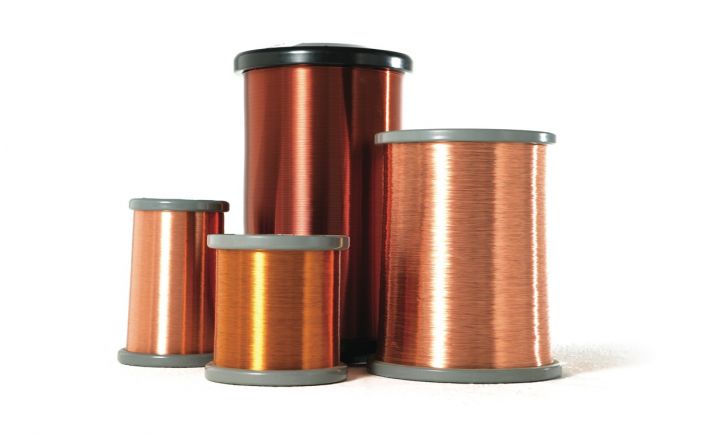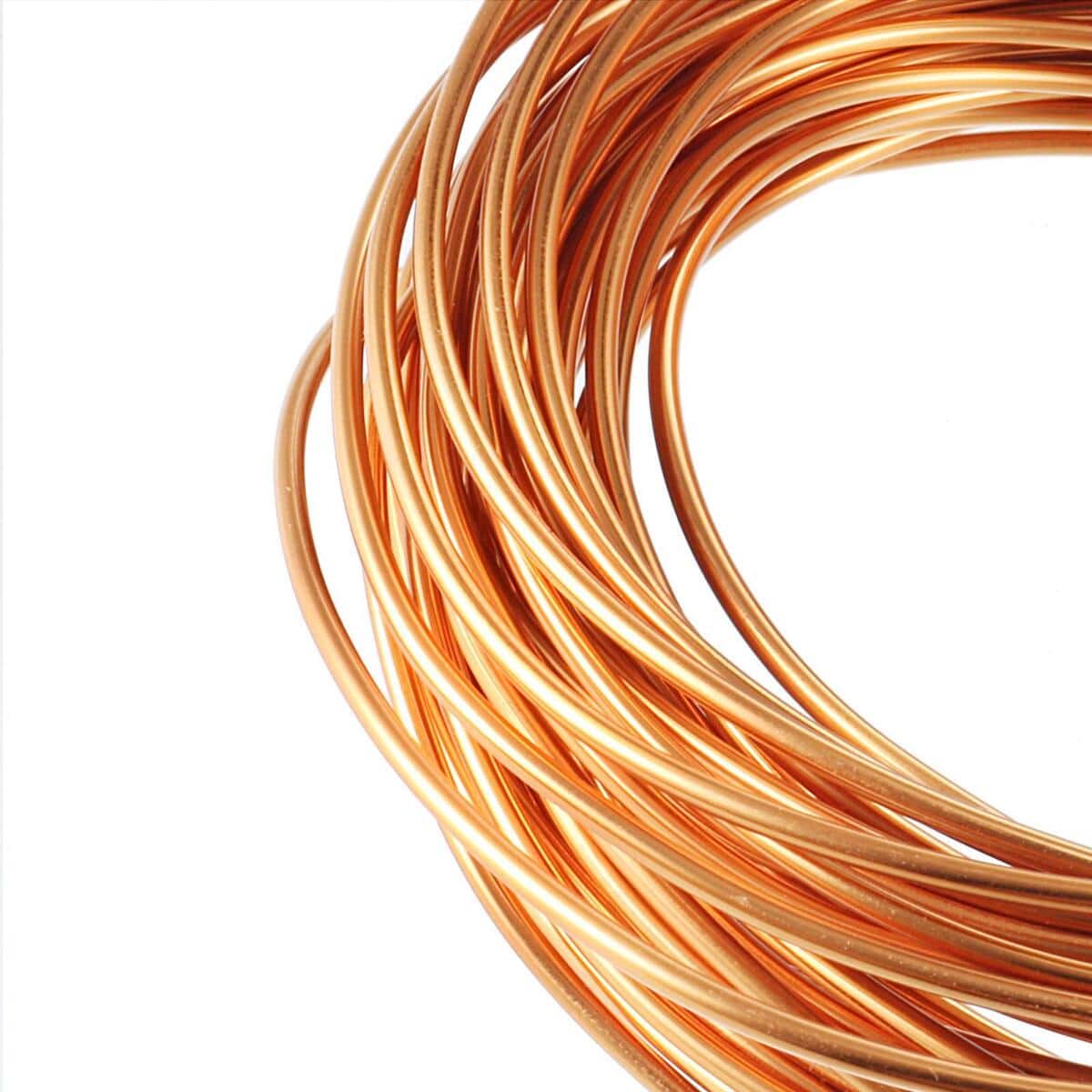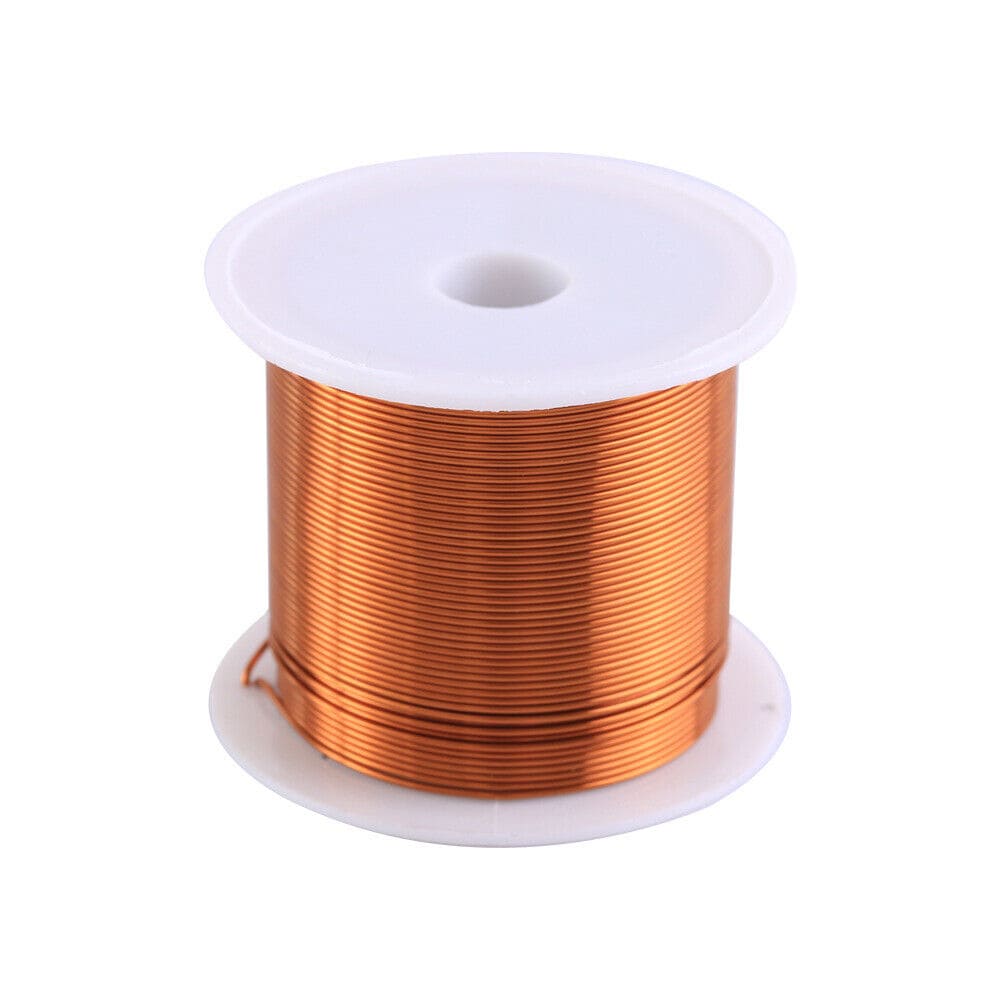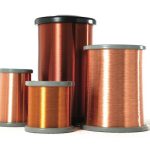Introduction
Magnet wire, also known as enameled wire or winding wire, is a crucial component in the manufacturing and construction of electrical and electronic devices. This wire, due to its insulating coating, is used in various applications, including transformers, motors, generators, and other electrical equipment. In this article, we will explore the characteristics, applications, and production process of magnet wire.
Characteristics
Magnet wire is made from copper or aluminum and is coated with a thin layer of insulating enamel. This enamel coating is typically made from polyurethane, polyester, or similar resins, which offer high resistance to heat and electrical currents. Some key characteristics of magnet wire include:
- High Electrical Conductivity: Copper, the primary material for magnet wire, has very high electrical conductivity, allowing the wire to transmit electrical current with minimal resistance.
- Effective Insulation: The enamel coating ensures that the wire can withstand high voltages and prevents short circuits.
- Thermal Resistance: The insulating enamel can tolerate high temperatures, making it essential for industrial applications.
Applications
Magnet wire is used in numerous industries and electrical devices. Some of its main applications include:
- Transformers: Magnet wire is used to wind the coils in transformers. These wires, due to their electrical and thermal resistance, are critical components in power and distribution transformers.
- Motors and Generators: In motors and generators, magnet wire is used to construct stators and rotors. These wires, because of their magnetic properties, play a vital role in converting electrical energy to mechanical energy and vice versa.
- Electronic Devices: Magnet wire is used in many electronic devices such as relays, solenoids, and speakers. These wires are ideal for these applications due to their small size and high efficiency.
Production Process
The production of magnet wire involves several stages, each requiring precision and high-quality control:
- Wire Drawing: In this stage, copper or aluminum is drawn to the desired diameter. This process involves pulling the metal through various dies to achieve the appropriate thickness.
- Cleaning: After drawing, the wire must be cleaned of any impurities and oils. This is usually done with chemical solvents and thorough washing.
- Applying the Insulating Enamel: The cleaned wire is then passed through baths of enamel to apply the insulating coating. This stage involves multiple coatings and drying to achieve the desired thickness and quality.
- Final Curing: Finally, the enameled wire is cured in ovens to fully dry and harden the enamel. This step increases the thermal and mechanical resistance of the wire.
Conclusion
Magnet wire, as a vital component in electrical and electronic industries, plays a significant role in the transmission and conversion of energy. Its unique characteristics, including high electrical conductivity and thermal resistance, make it an ideal choice for various applications. The precise production process and stringent quality control ensure the performance and durability of these wires in different conditions. Given the continuous advancement of technology and the need for sophisticated electrical equipment, the role of magnet wire will only become more prominent in the future.































